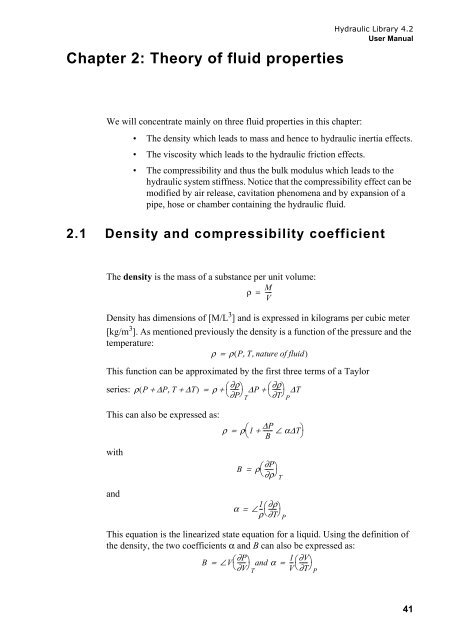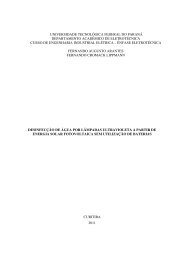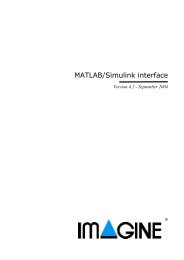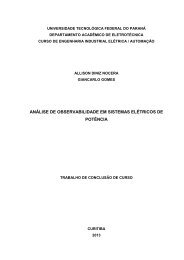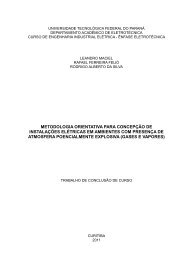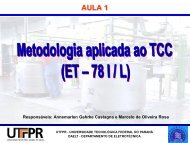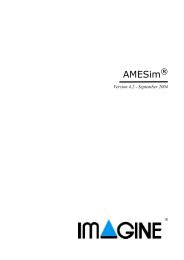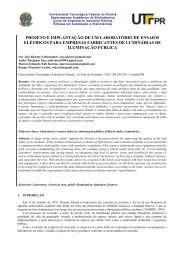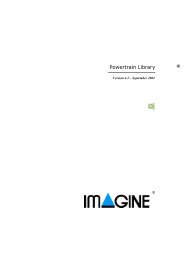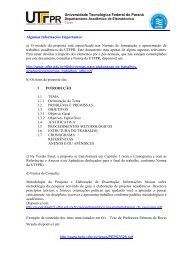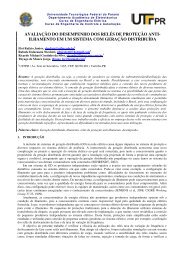You also want an ePaper? Increase the reach of your titles
YUMPU automatically turns print PDFs into web optimized ePapers that Google loves.
Chapter 2: Theory of fluid properties<strong>Hydraulic</strong> <strong>Library</strong> 4.2<strong>User</strong> <strong>Manual</strong>We will concentrate mainly on three fluid properties in this chapter:• The density which leads to mass and hence to hydraulic inertia effects.• The viscosity which leads to the hydraulic friction effects.• The compressibility and thus the bulk modulus which leads to thehydraulic system stiffness. Notice that the compressibility effect can bemodified by air release, cavitation phenomena and by expansion of apipe, hose or chamber containing the hydraulic fluid.2.1 Density and compressibility coefficientThe density is the mass of a substance per unit volume:Mρ = ----VDensity has dimensions of [M/L 3 ] and is expressed in kilograms per cubic meter[kg/m 3 ]. As mentioned previously the density is a function of the pressure and thetemperature:ρ = ρ( P, T,nature of fluid)This function can be approximated by the first three terms of a Taylorseries: ρ( P + ∆P,T+∆T) ρ ------∂ρ∂ρ= + ∆P + ----- ∆T∂PT∂TPThis can also be expressed as:∆Pρ = ρ1+ ------ ∠ α∆T B withB = ρ∂P ------∂ρTand1α = ∠-- -----∂ρ ρ∂TPThis equation is the linearized state equation for a liquid. Using the definition ofthe density, the two coefficients α and B can also be expressed as:B V------∂P 1= ∠ and α = -- ------∂V ∂VV∂TTP41


